-
September 24, 1896, Francis Scott Fitzgerald is born in St. Paul, Minnesota. He shows exceptional literary talent in grade school. He’s a precocious observer of money, power, and character
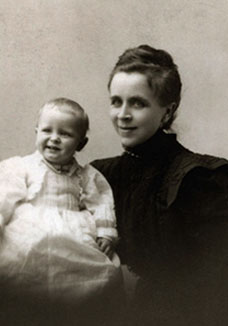
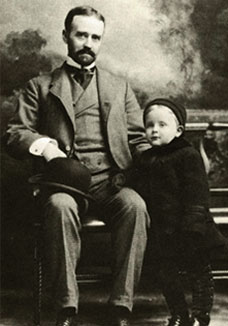
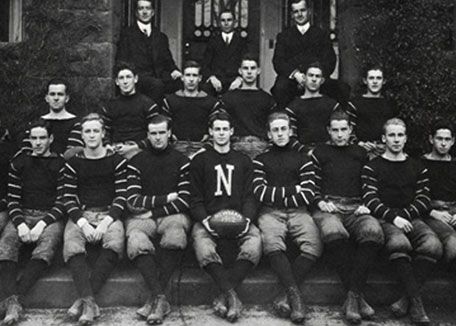
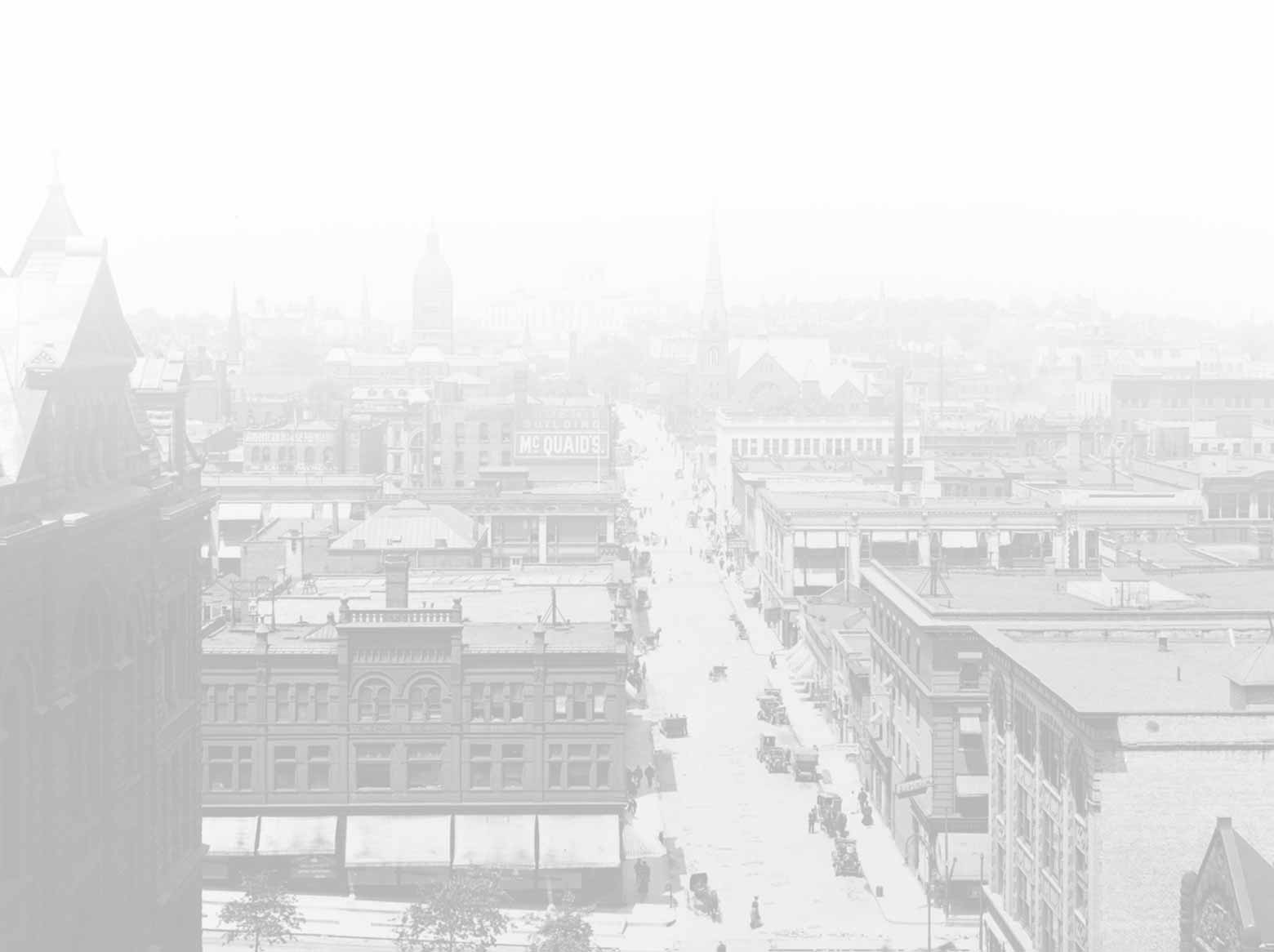
-
Scott enters Princeton University with the class of 1916.
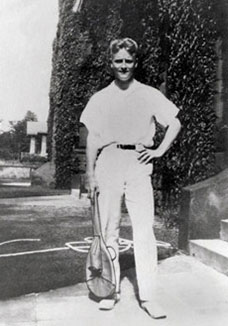
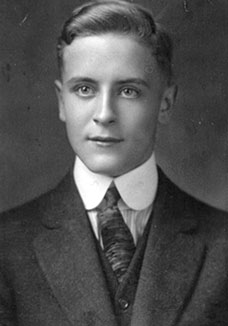

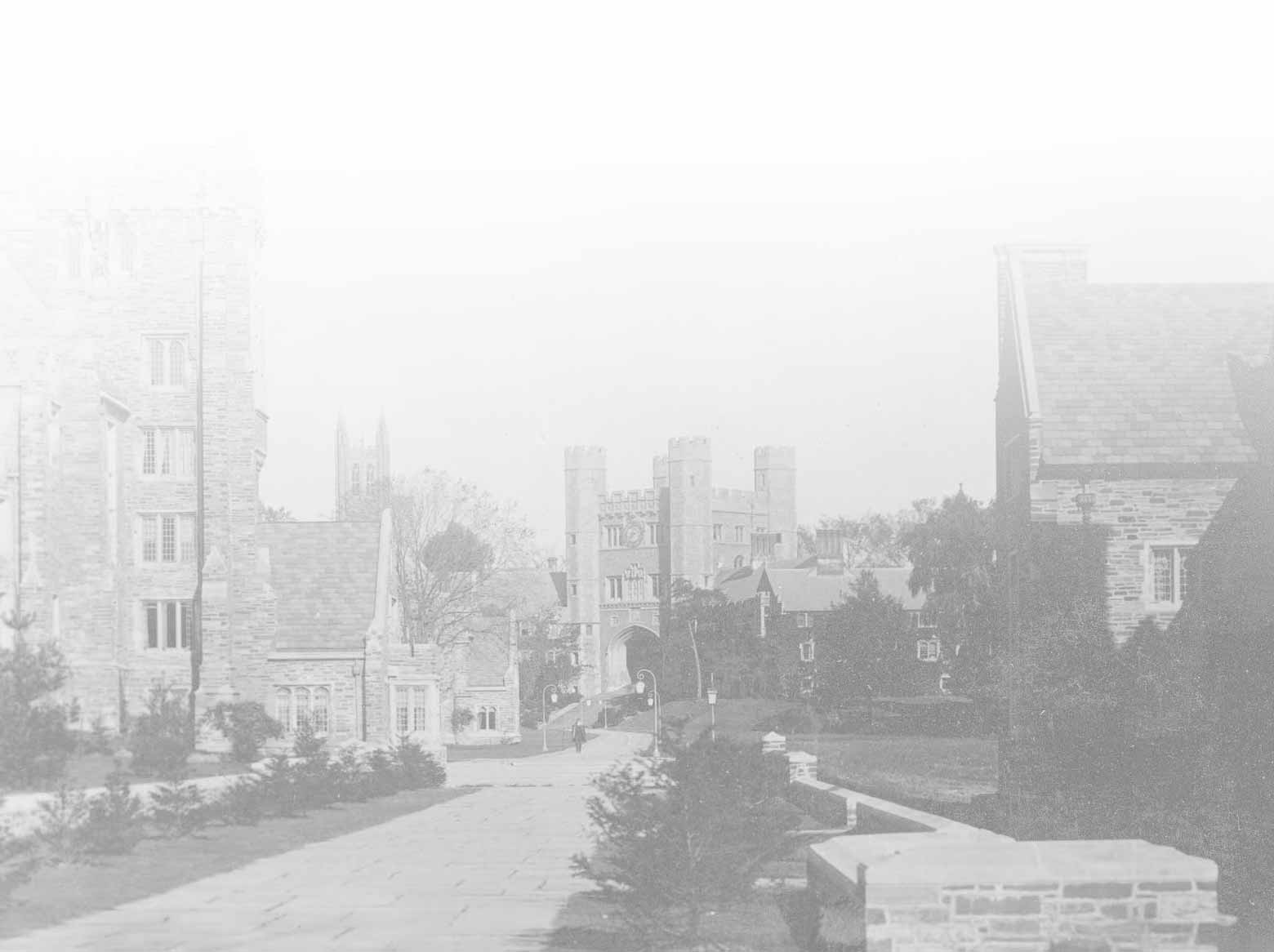
-
“From the first he loved Princeton — its lazy beauty, its half-grasped significance, the wild moonlight revel of the rushes, the handsome, prosperous big-game crowds, and under it all the air of struggle that pervaded his class.” This Side of Paradise, 1920

-
Scott is stationed at Camp Sheridan near Montgomery. Expecting to die in the trenches of Europe, he hurridedly writes his first novel, The Romantic Egoists, about his education and personal awakening. He submits it to Scribner’s. It is rejected, but the editors would like to see revisions.
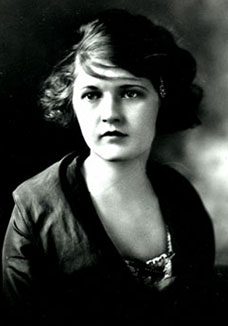
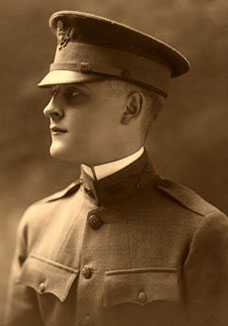
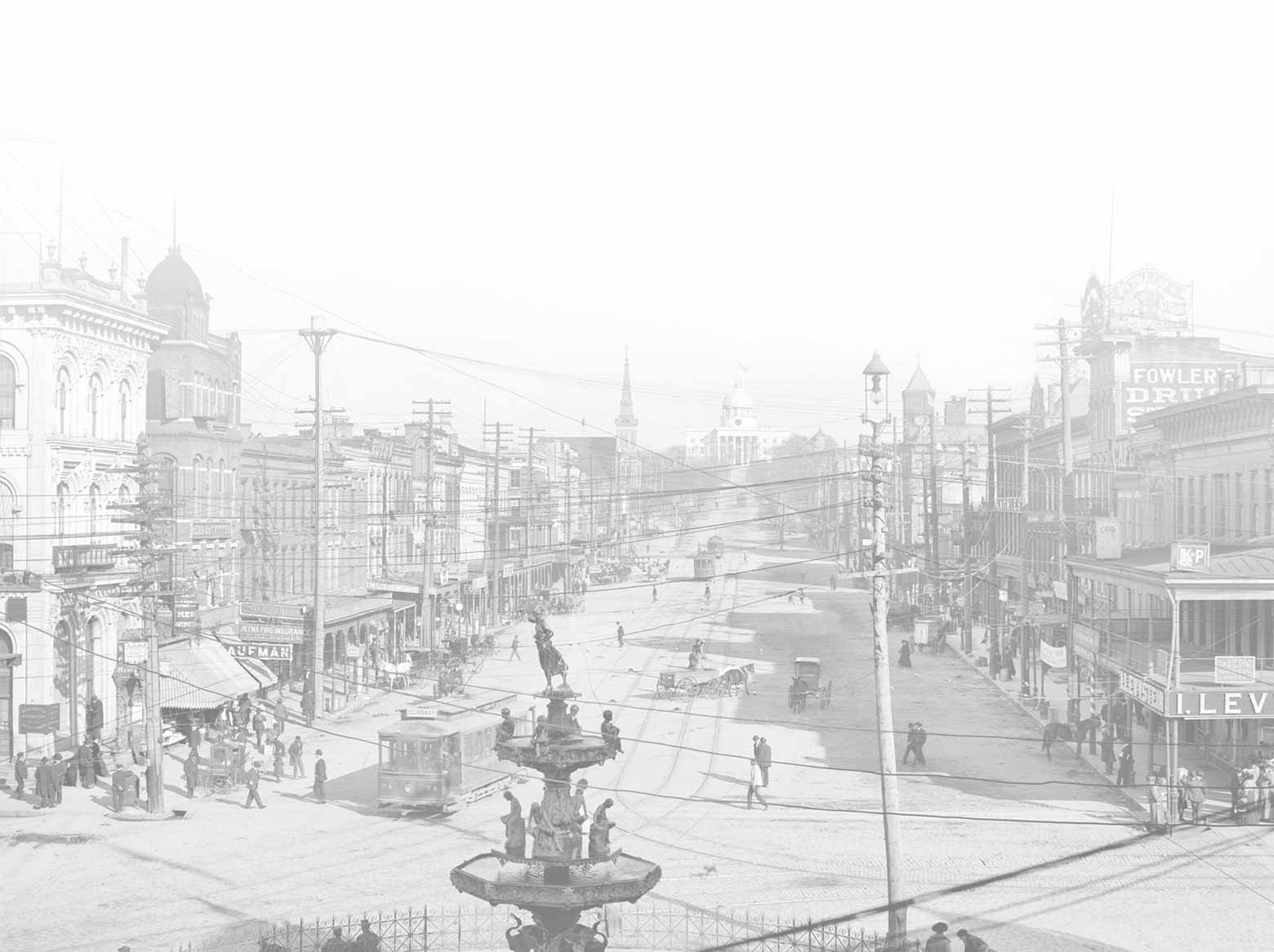
-
Scott and Zelda meet at a county club dance in Montgomery. Scott is captivated by Zelda, although she keeps several suitors on a string.
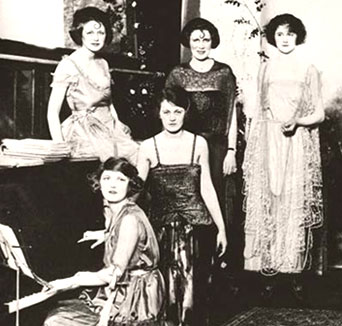
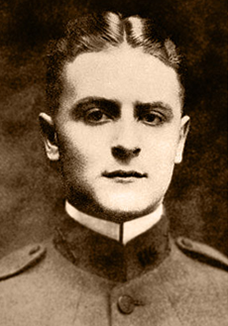

-
“The night you gave me my birthday party... you were a young Lieutenant and I was a fragrant phantom, wasn't I? And it was a radiant night, a night of soft conspiracy and the trees agreed that it was all going to be for the best.”
Zelda, letter to Scott
-
Zelda writes to Scott about an afternoon she spends in Oakwood Cemetery. He attributes her musings to Amory Blaine, his novel’s Protagonist
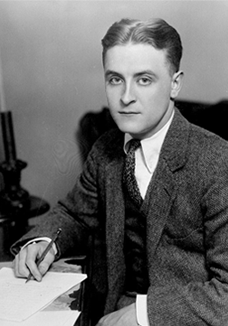
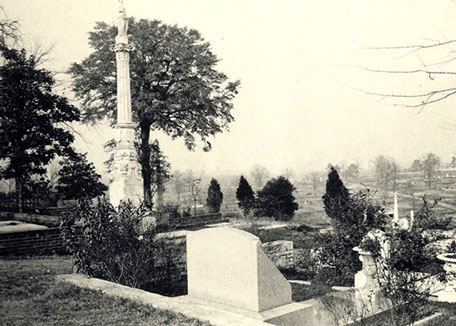
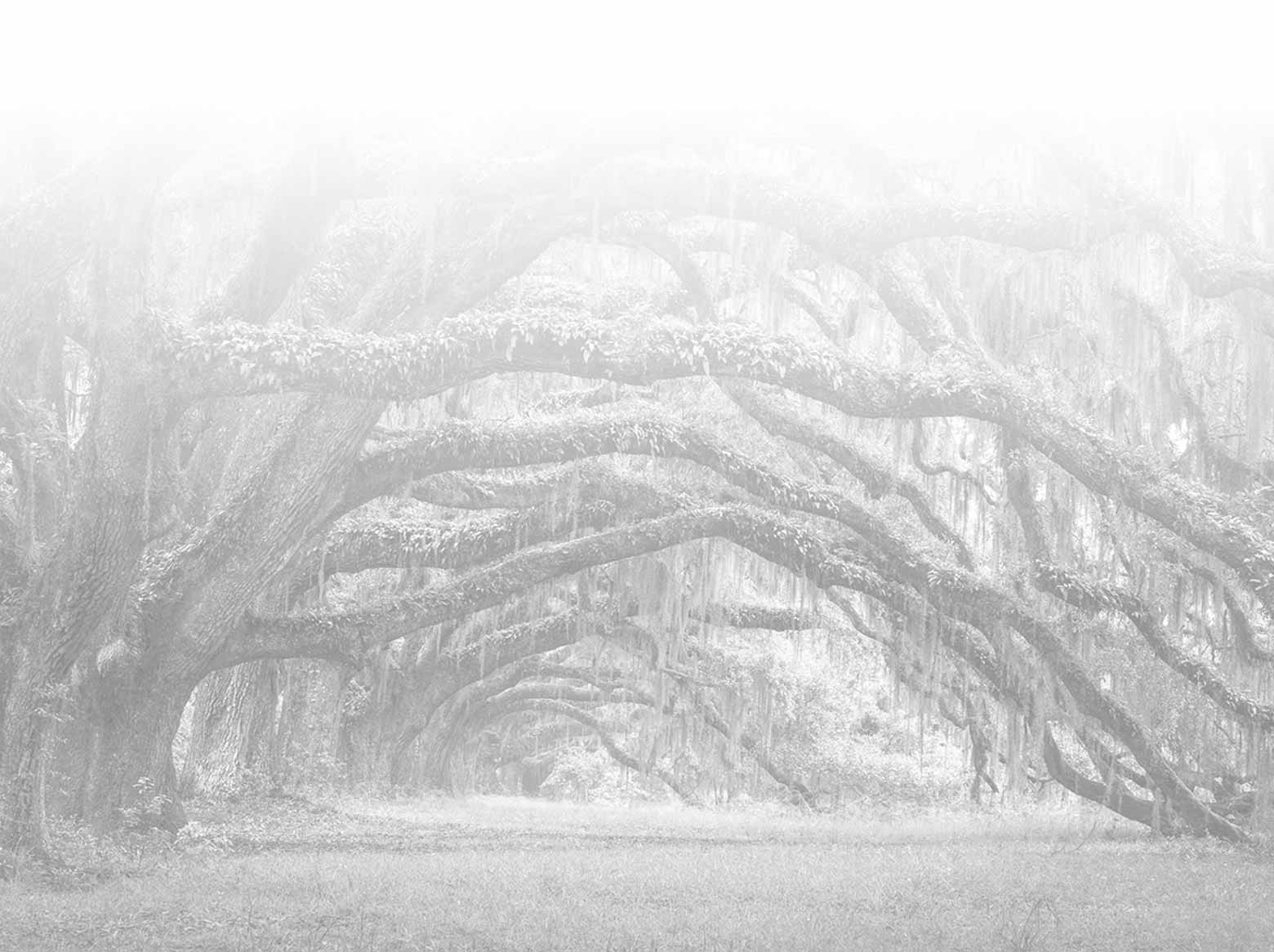
-
“Why should graves make people feel in vain? I can’t find anything hopeless in having lived —all the broken columnes and clasped hands and doves and angels mean romances and in a hundred years I think I shall like having young people speculate on whether my eyes were brown or blue—of course, they are neither. Old death is so beautiful—so very beautiful— We will die together—I know—Sweetheart.”
Zelda, letter to Scott
-
“There seemed to be some heavenly support beneath his shoulder blades that lifted his feet from the ground in ecstatic suspension, as if he secretly enjoyed the ability to fly but was walking as a compromise to convention.”
Zelda, Save Me The Waltz, 1932
-
The Great War has ended and Scott is discharged from the army. He finds employment in New York City at an advertising agency. He makes three visits to Montgomery, penniless and unpublished. When he proposes marriage, Zelda declines.


-
“Then the postman rang, and that day I quit work and ran along the streets, stopping automobiles to tell friends and acquaintances about it-- my novel This Side of Paradise was accepted for publication. That week the postman rang and rang, and I paid off my terrible small debts, bought a suit, and woke up every morning with a world of ineffable toploftiness and promise.”
Scott, Early Success, 1937
-
When This Side of Paradise is accepted by Scribner’s, Zelda accepts Scott’s proposal of marriage.
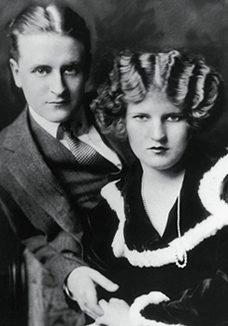

-
“I fell in love with her courage, her sincerity and her flaming self-respect and it's these things I'd believe in even if the whole world indulged in wild suspicions that she wasn't all that she should be.... I love her and that's the beginning and end of everything.”
Scott, letter to Isabelle Amore
-
A week before their wedding, Scott’s first novel, This Side of Paradise, is published to instant acclaim. Zelda’s painting commemorates their wedding on April 3, 1920. The entire city seems to celebrate.
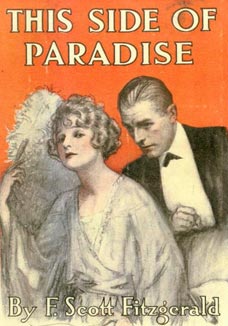
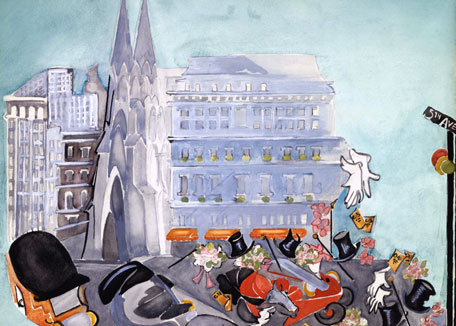

-
Scott and Zelda are overnight celebrities and spokespeople for their generation. Scott chronicles the dawn of the Jazz Age (a term he invents) --“the greatest, gaudiest spree in history.”
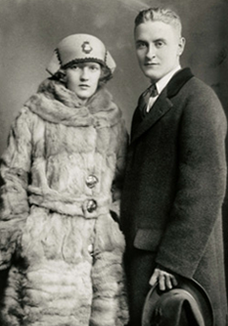
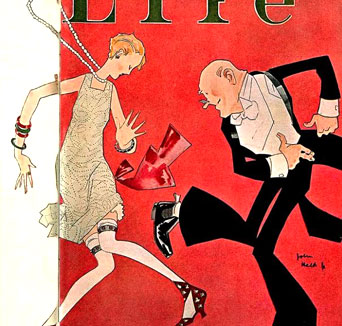

-
“Twilights were wonderful just after the war. They hung above New York like indigo wash, forming themselves from asphalt dust and sooty shadows under the cornices and limp gusts of air exhaled from closing windows, to hang above the streets with all the mystery of white fog rising off a swamp.”
Zelda, The Millionaire’s Girl, 1930
-
“New York had all the iridescence of the beginning of the world. The returning troops marched up Fifth Avenue, and girls were instinctively drawn east and north toward them—we were, at last, admittedly the most powerful nation, and there was gala in the air.”
Scott, My Lost City, 1935
-
Scott publishes his first collection of short stories, Flappers and Philosophers. Zelda is his highly quotable side-kick, the quintessential flapper, his accomplice in high-jinx and the model for most of his romantic heroines. They are reckless with their resources and they party with abandon.
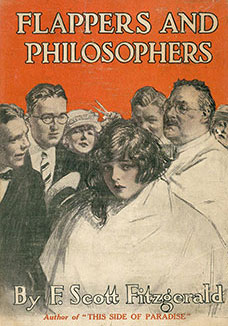
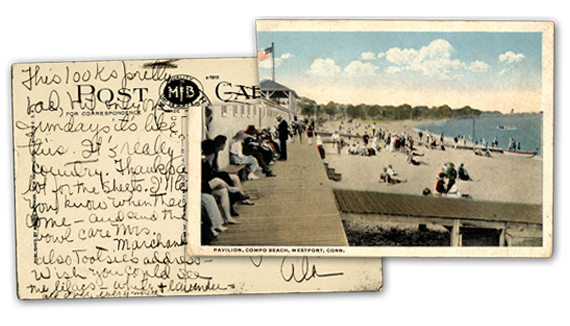
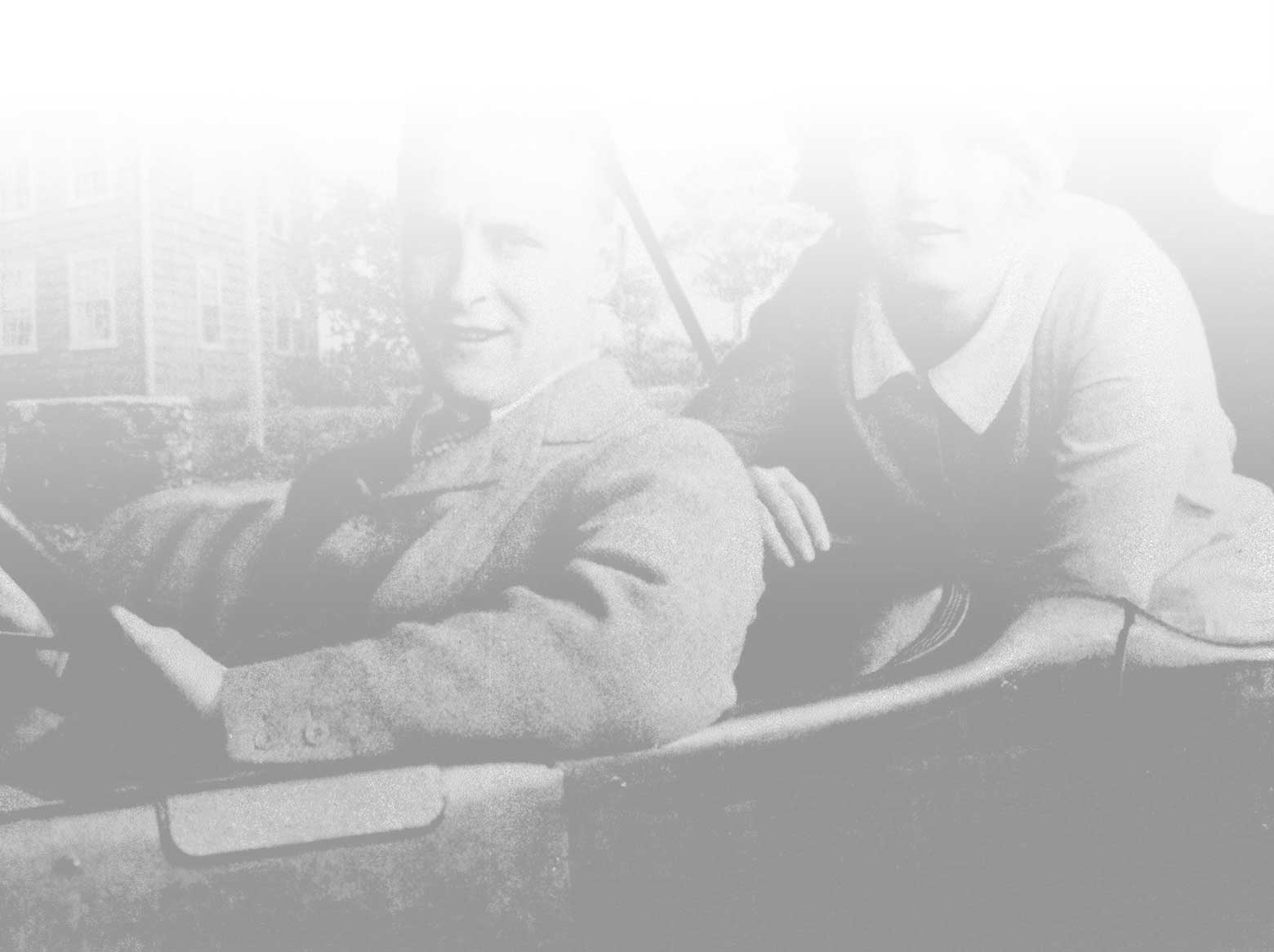
-
“My whole theory of writing I can sum up in one sentence. An author ought to write for the youth of his own generation, the critics of the next and the schoolmasters of ever afterward.”
Scott, Author’s Apology, This Side of Paradise, 1920
-
Zelda and Scott take a road trip from their rented house in Westport, CT to Alabama. The resulting story, Cruise of The Rolling Junk, is published in Motor Magazine.
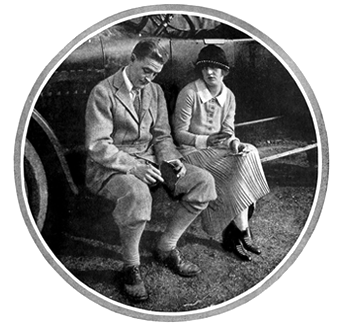

-
Scott and Zelda travel to Europe before the birth of their baby.
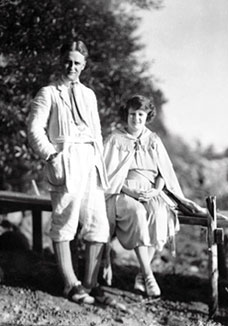
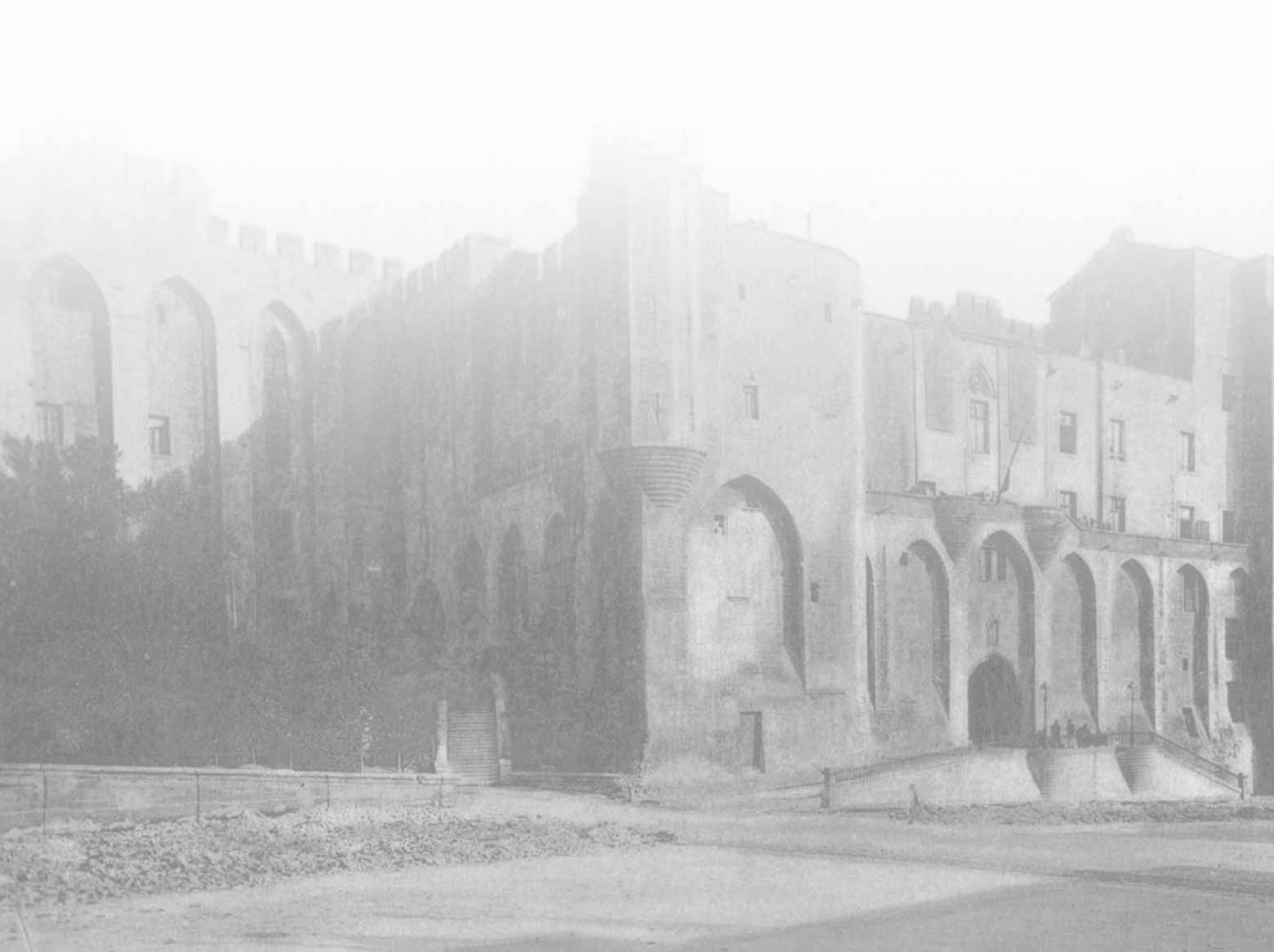
-
“We were too superior at that time to use the guide books and wanted to discover the ruins for ourselves, which we did when we had exhausted the night-life and the market places and the campagna....It was exciting being lost between centuries in the Roman dusk and taking your sense of direction from the Colosseum.”
Zelda, Show Mr. and Mrs. F to Number—
-
“The family settles on Long Island where Scott observes the privileged through his moral mid-western lens. Here he conceives The Great Gatsby. This iconic American novel embodies the American Dream. Gatsby, a self-made man, is a romantic who invents his past and hopes to recapture his first love.”
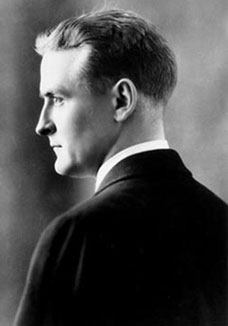
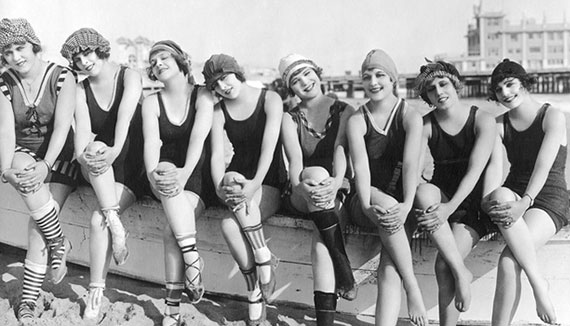
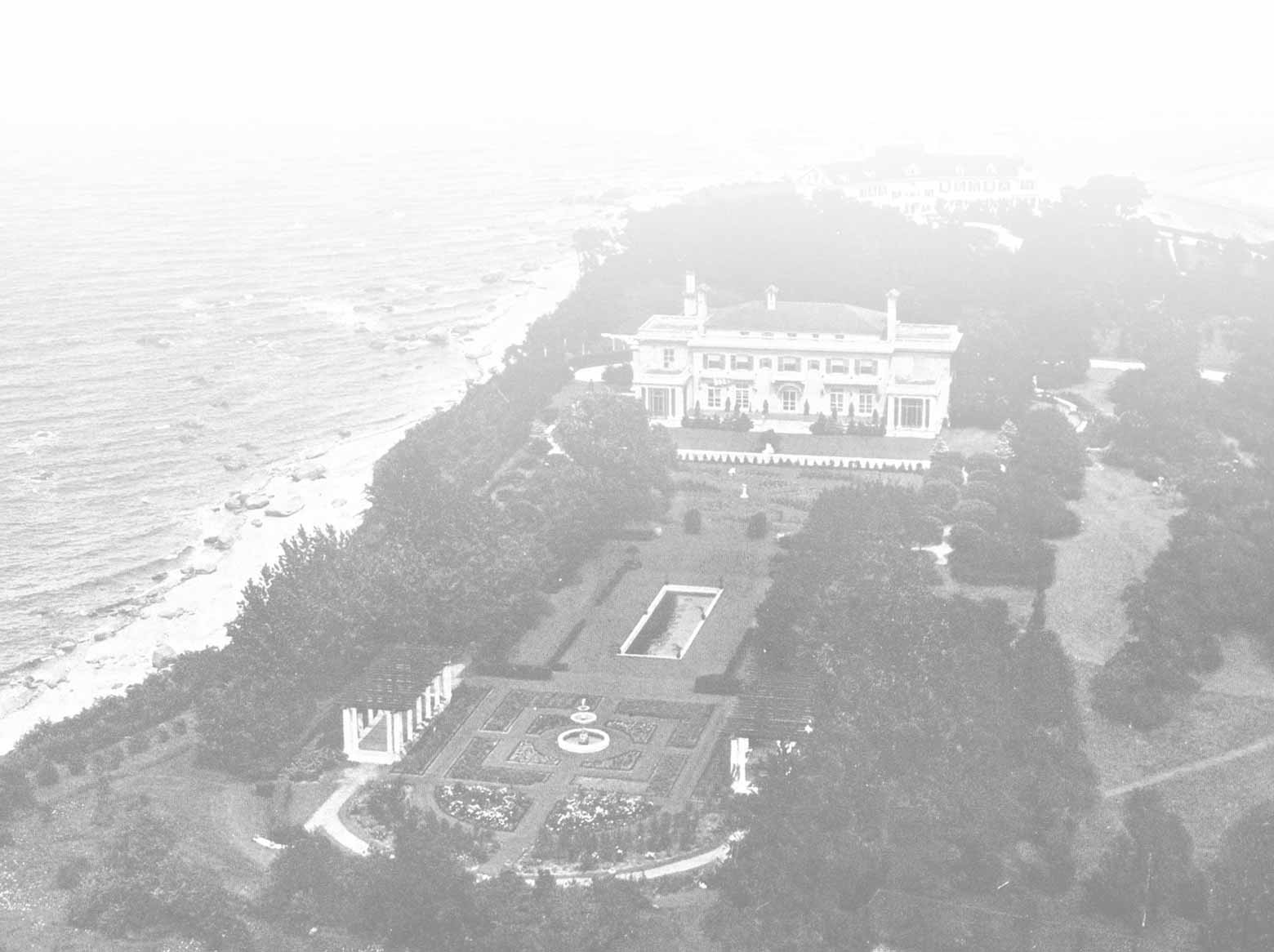
-
Scott’s story, The Diamond as Big As The Ritz,is published in Smart Set. Sometimes accused of being an apologist for the rich, Scott’s relationship to the rich is far more complex.
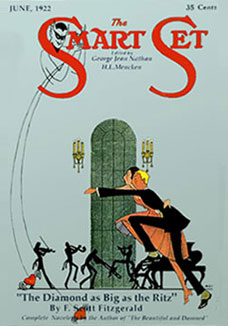
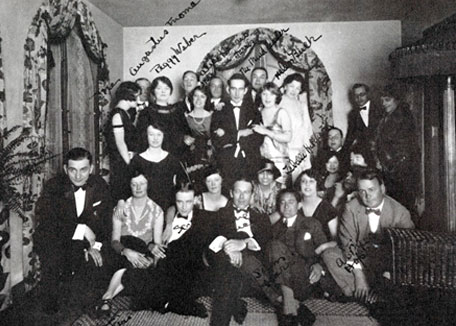


-
Scott publishes Tales Of The Jazz Age, his second collection of short stories. He also writes a play, The Vegetable, that flops when it opens in Atlantic City.
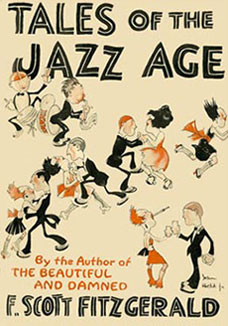
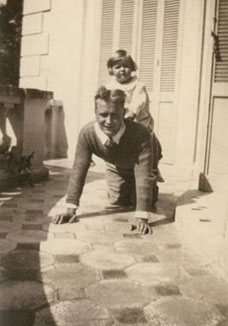
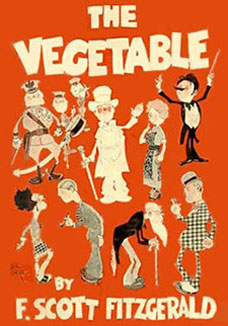

-
Although The Great Gatsby is conceived on Long Island, frequent and excessive parties encroach on Scott’s work. In 1923 he makes a serious appraisal of their finances. Either they can budget for half a nanny, Scott writes, a one-legged butler, or they can move to Europe.
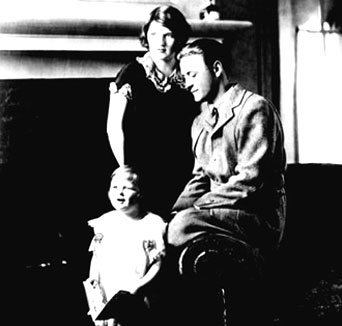
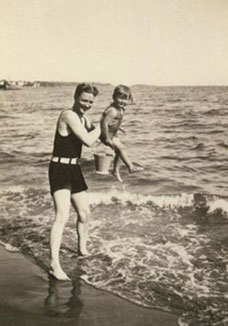

-
The Fitzgeralds steam to France on the Minnewaska, escaping prohibition, the high cost of living in America, and, they hope, their own bad habits. "Besides," says Zelda, "I hate a room without an open suitcase in it — it seems so permanent."
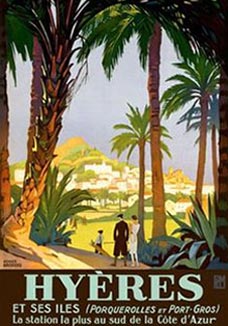

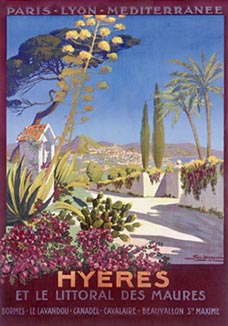
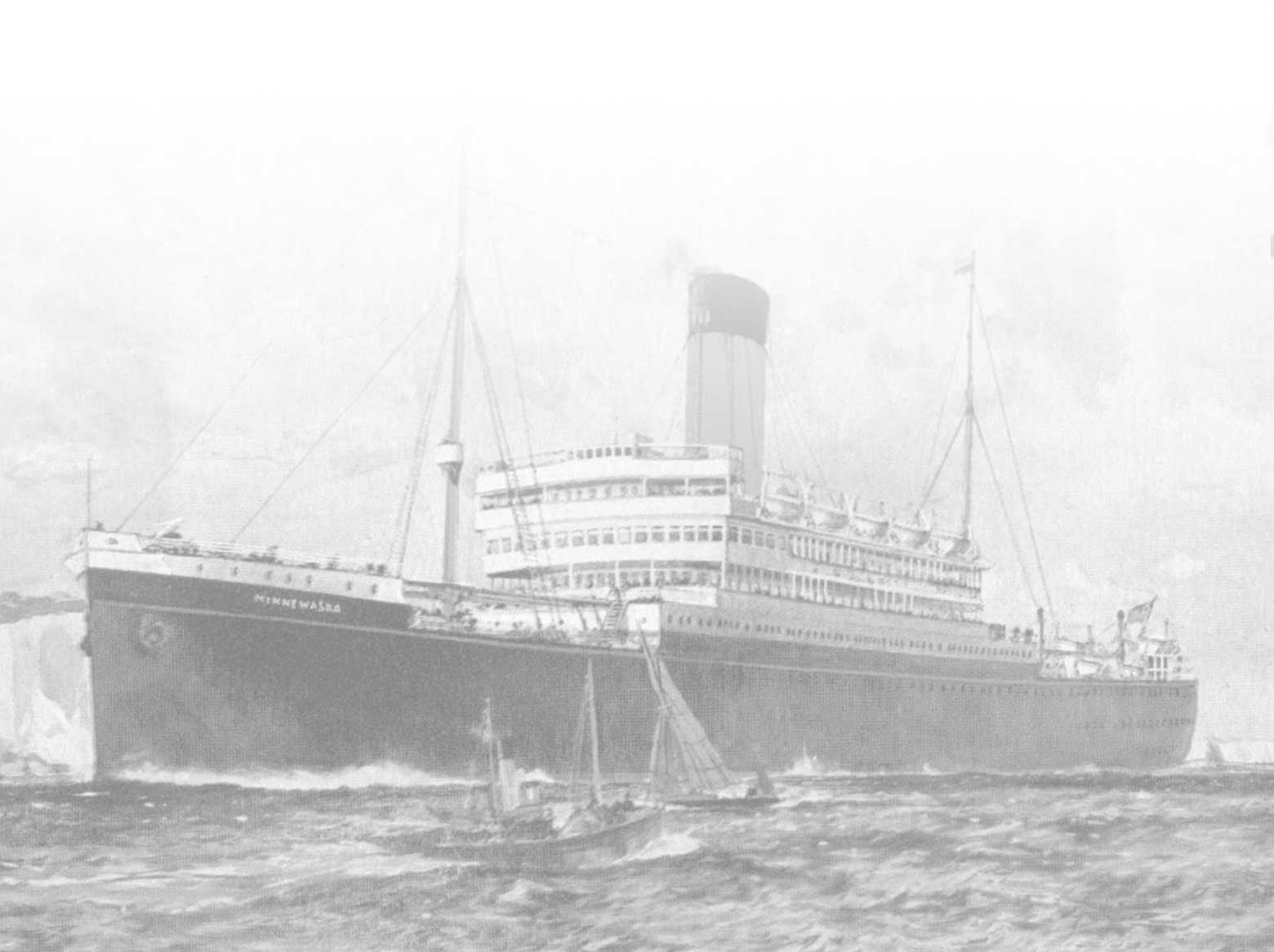
-
The Fitzgeralds rent the Villa Marie in Saint-Raphaël on the French Riviera. Scott writes The Great Gatsby.
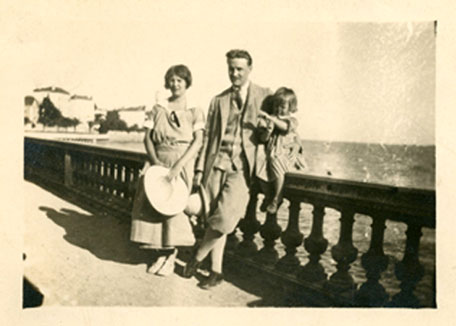
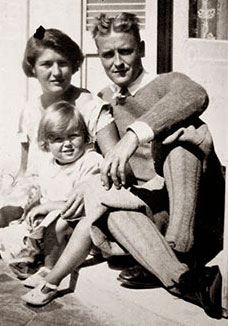
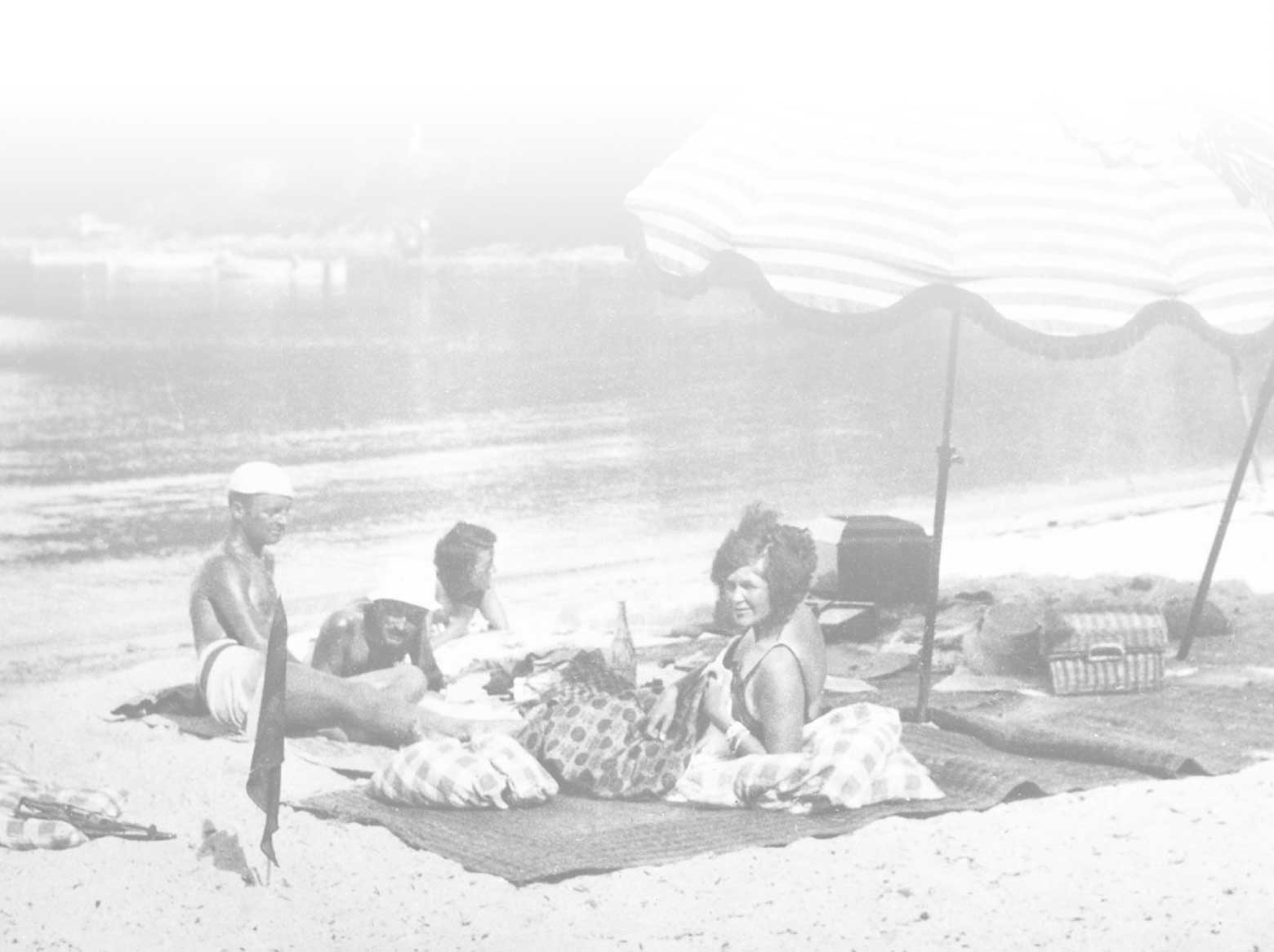
-
Through their expatriate friends, Sara and Gerald Murphy, Scott and Zelda join the Lost Generation, mingling with Fernand Leger, Pablo Picasso, Georges Braque, Ernest Hemingway, and Gertrude Stein. Zelda's ambitions are sparked and she begins to seek an artistic identity of her own.
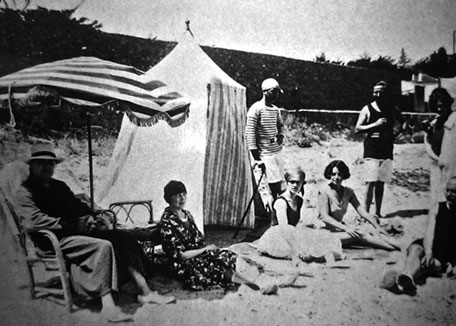
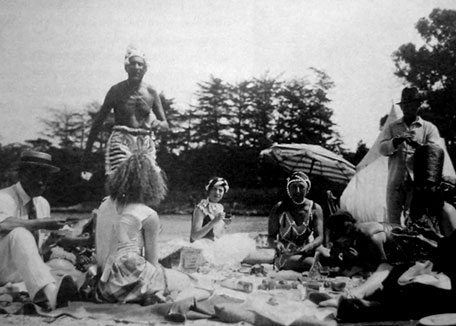

-
Scott makes final revisions to The Great Gatsby in Rome. Zelda begins taking painting lessons on the Island of Capri.
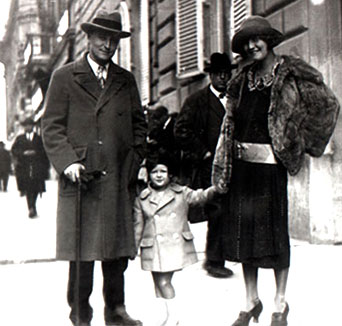
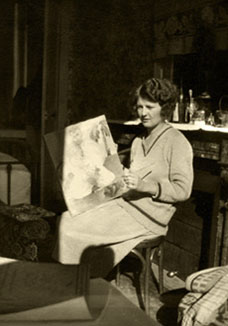
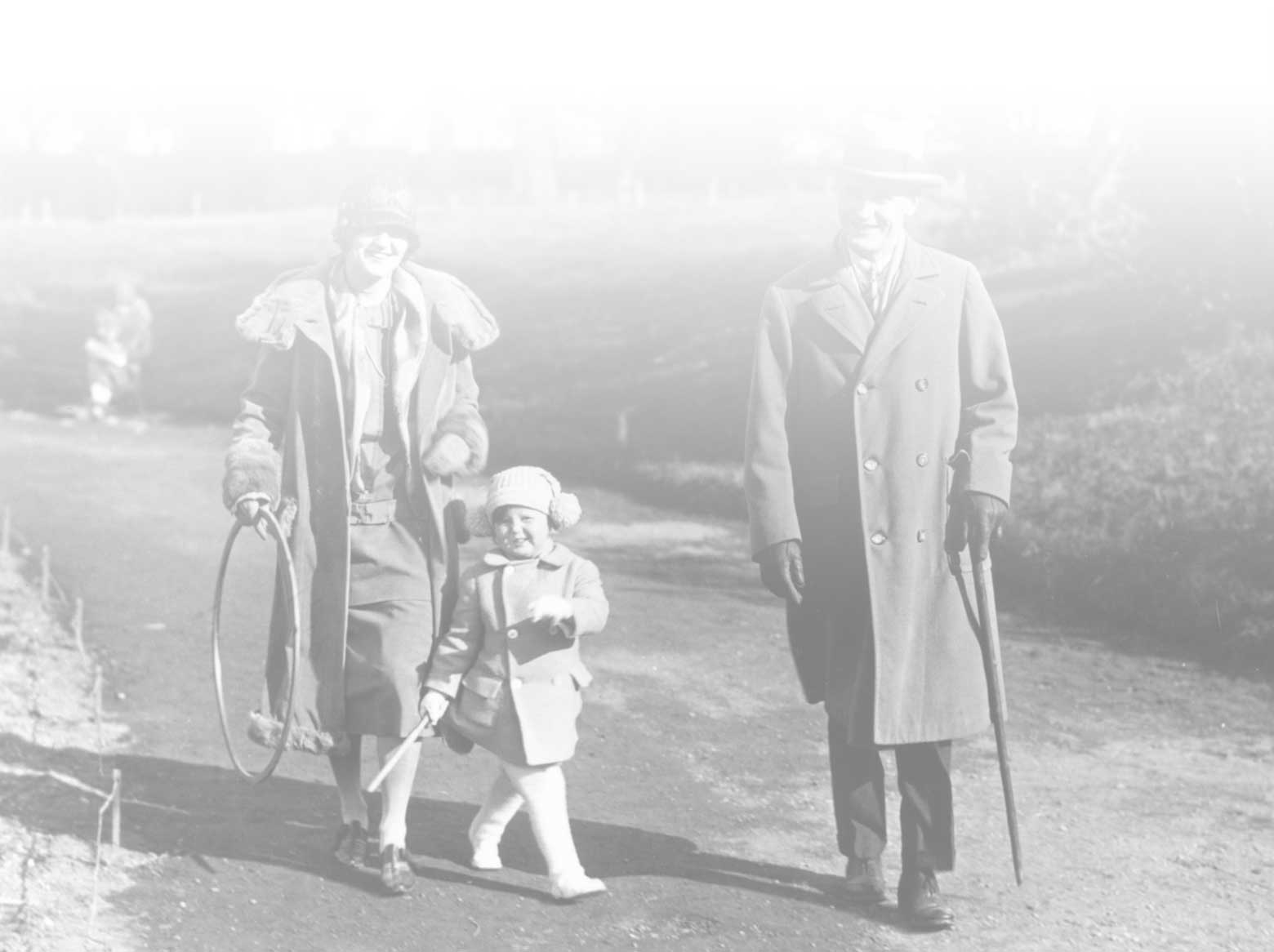
-
The family travels through France and settles in Paris. They will spend their lives in hotels and rentals, never owning a home.
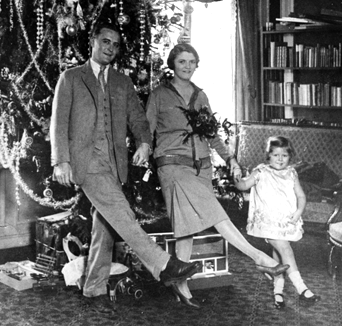
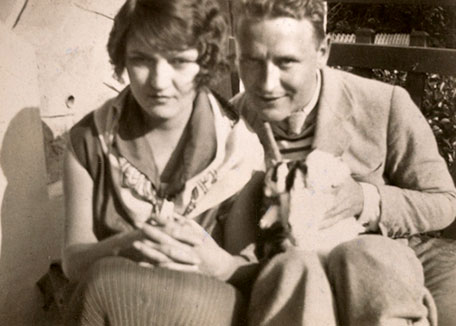
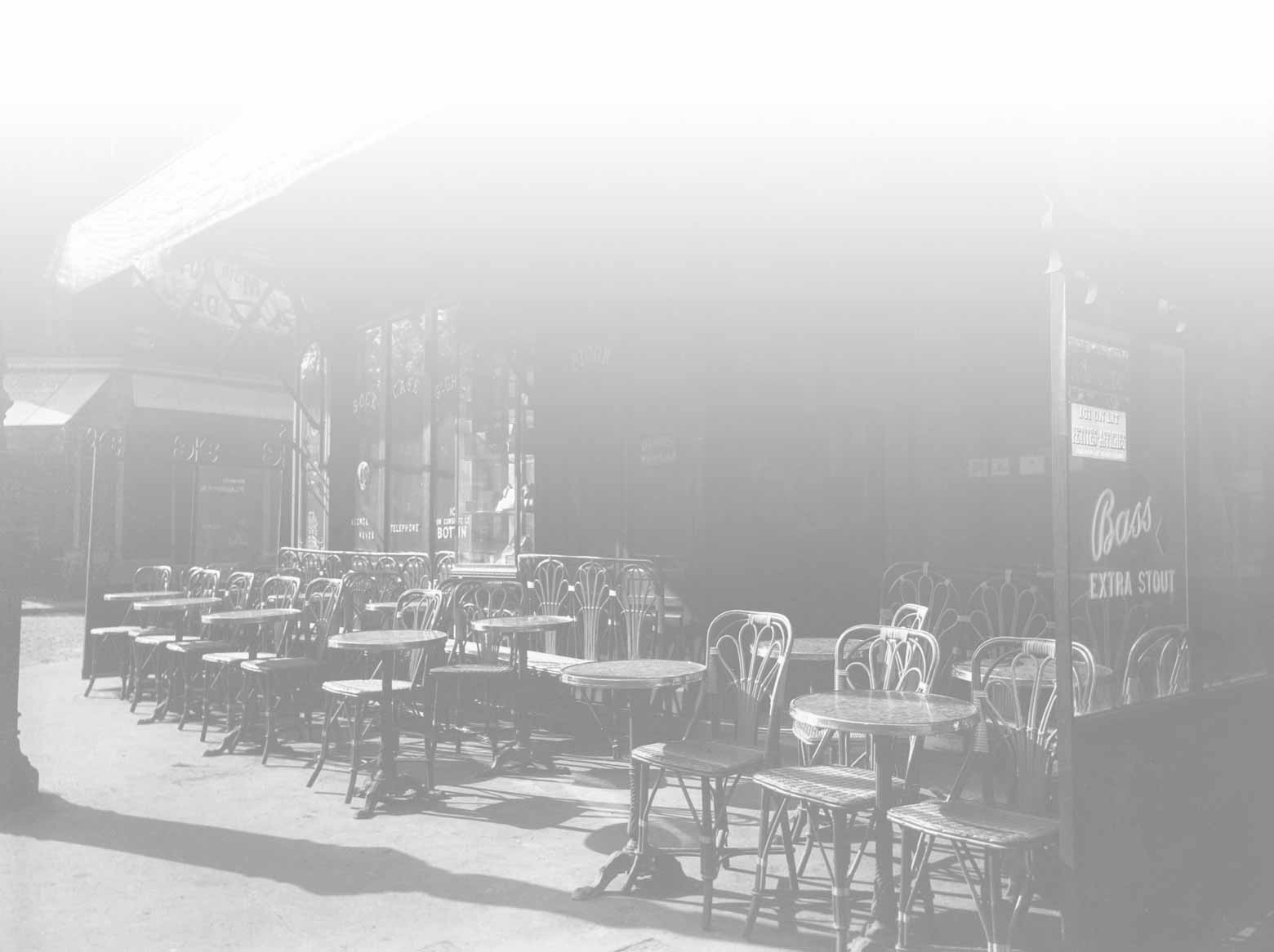
-
“At the Ruhl in Nice we decided on a room not facing the sea… not being able to afford it even out of season. During dinner on the terrace, stars fell in our plates... we were alone with the deep blue grandeur and the filet de sole Ruhl and the second bottle of champagne...”
Zelda (shared byline with Scott for financial purposes), Show Mr. and Mrs. F. to Number—, 1934
-
The Great Gatsby is published, greeted by tepid reviews and disappointing sales. The Fitzgeralds spend the summer of 1926 at Villa St. Louis in Juan-les-Pins. The Great Gatsby is followed by publication of a story collection, All The Sad Young Men.
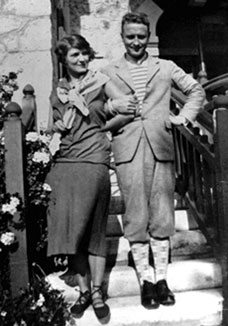
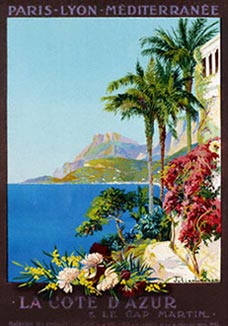

-
“The author would like to say that never before did one try to keep his artistic conscience as pure as during the ten months put into doing it.”
Scott’s introduction to Modern Library edition of The Great Gatsby, 1934
-
The Fitzgeralds return briefly to America on the Conte Biancamano. They settle in a rented house in Wilmington, Delaware where Zelda begins dance lessons. In January Scott works on the film script for Lipstick in Hollywood. He and Zelda stay at the Ambassador Hotel.
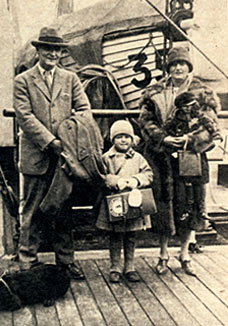
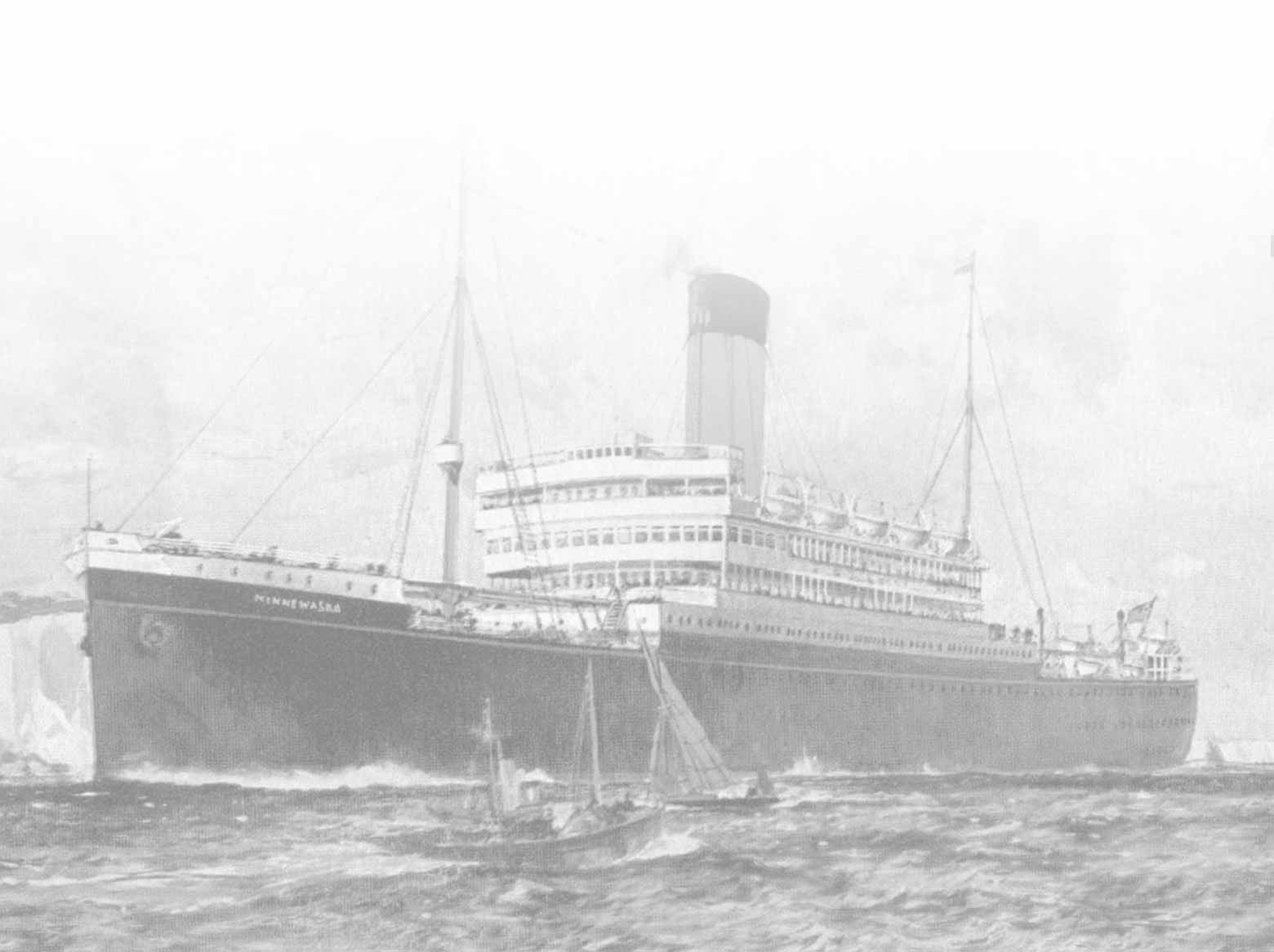
-
Scott & Zelda return to France. Zelda, age 28, begins rigorous ballet training with Lubov Egorova in Paris. After a year, Zelda is invited to dance Aida with the Royal Ballet of Italy, an offer she declines. She also writes several short stories for College Humor. (Lubov Egorova, pictured)
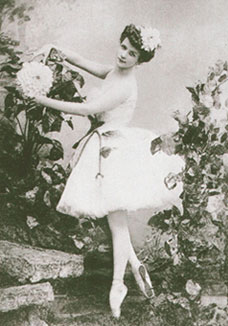
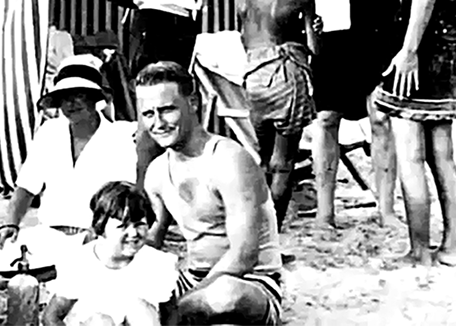

-
“It was a trying winter and to forget bad times we went to Algiers. The Hotel de l’Oasis was laced together by Moorish grills; and the bar was an outpost of civilization with people accentuating their eccentricities. Beggars in white sheets were propped against the walls, and the dash of colonial uniforms gave the cafes a desperate swashbuckling air.”
Zelda (shared byline with Scott for financial purposes), Show Mr. and Mrs. F to Number—, 1934
-
The Great Depression brings smaller fees for Scott’s short stories, the family's only reliable income. Zelda and Scott’s love survives these calamities.
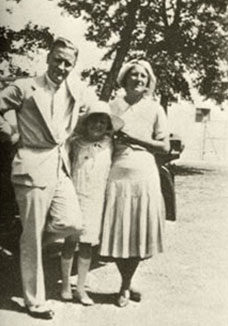
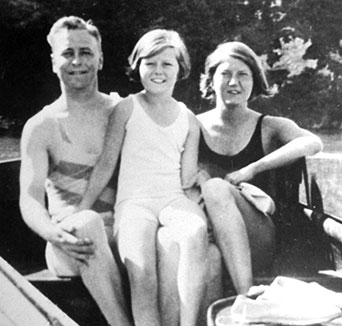

-
The Fitzgeralds return to Montgomery. Scott spends months in Hollywood working on a script for Red-Headed Woman. While he’s gone, Zelda begins a novel and writes several short stories.
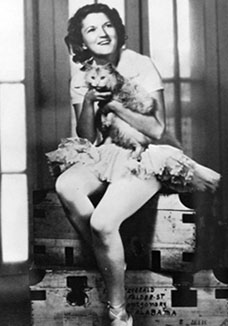
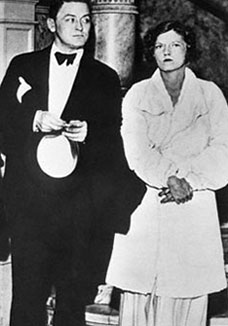
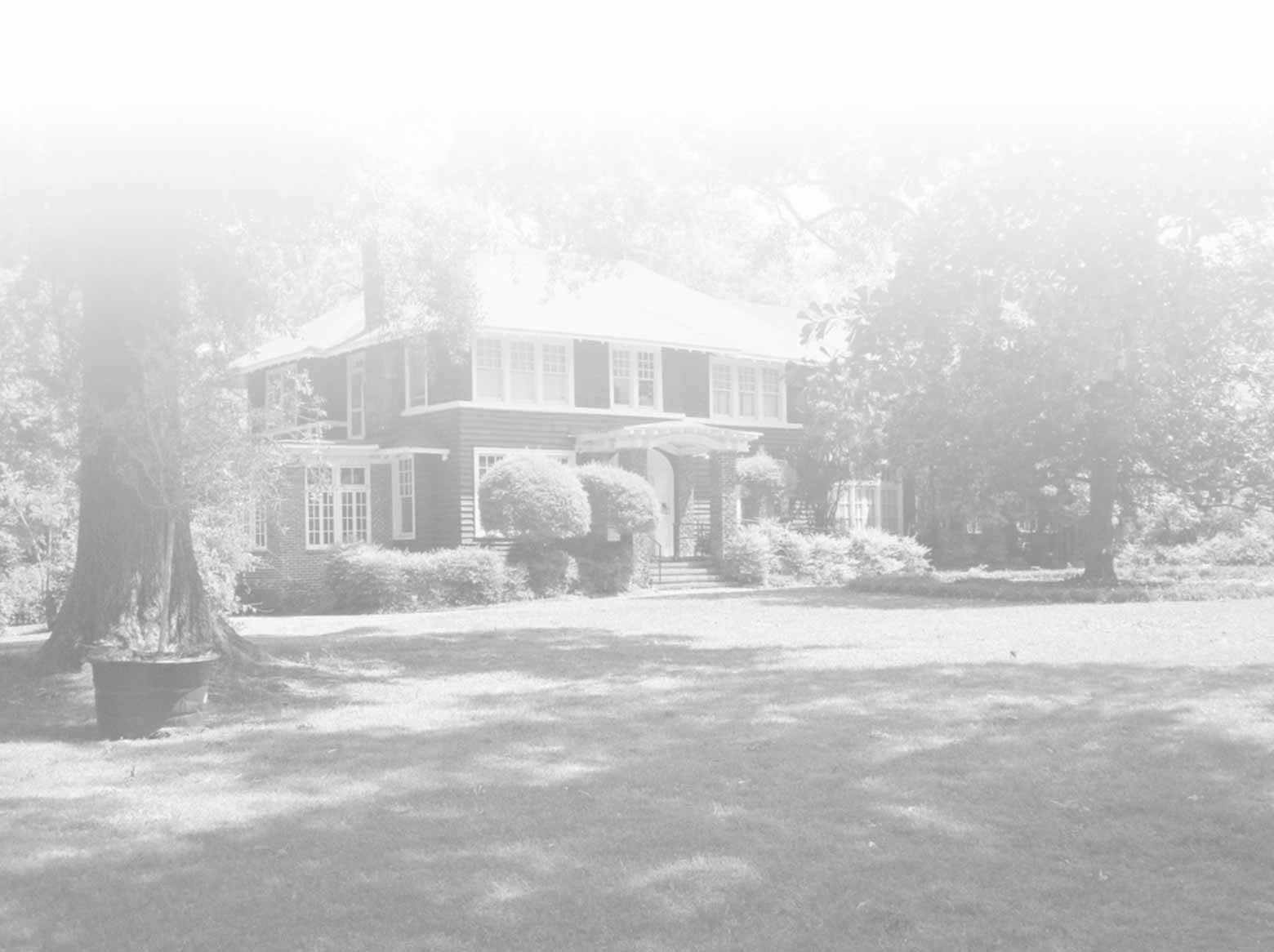
-
While in Baltimore, Zelda completes her novel, Save Me The Waltz. Before it is published, Scott and Zelda fiercely dispute their rights to their shared autobiographical material. Scott, as the breadwinner, lays claim to parts of their history for his novel, Tender Is the Night.
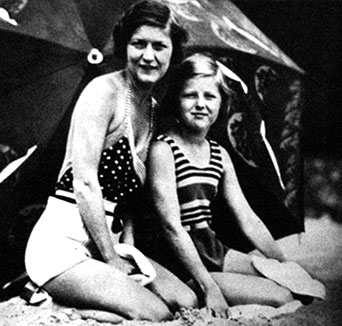
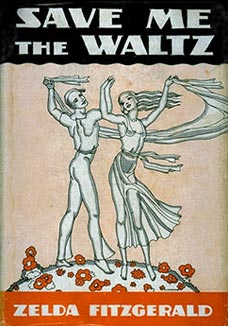
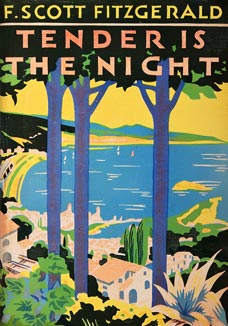
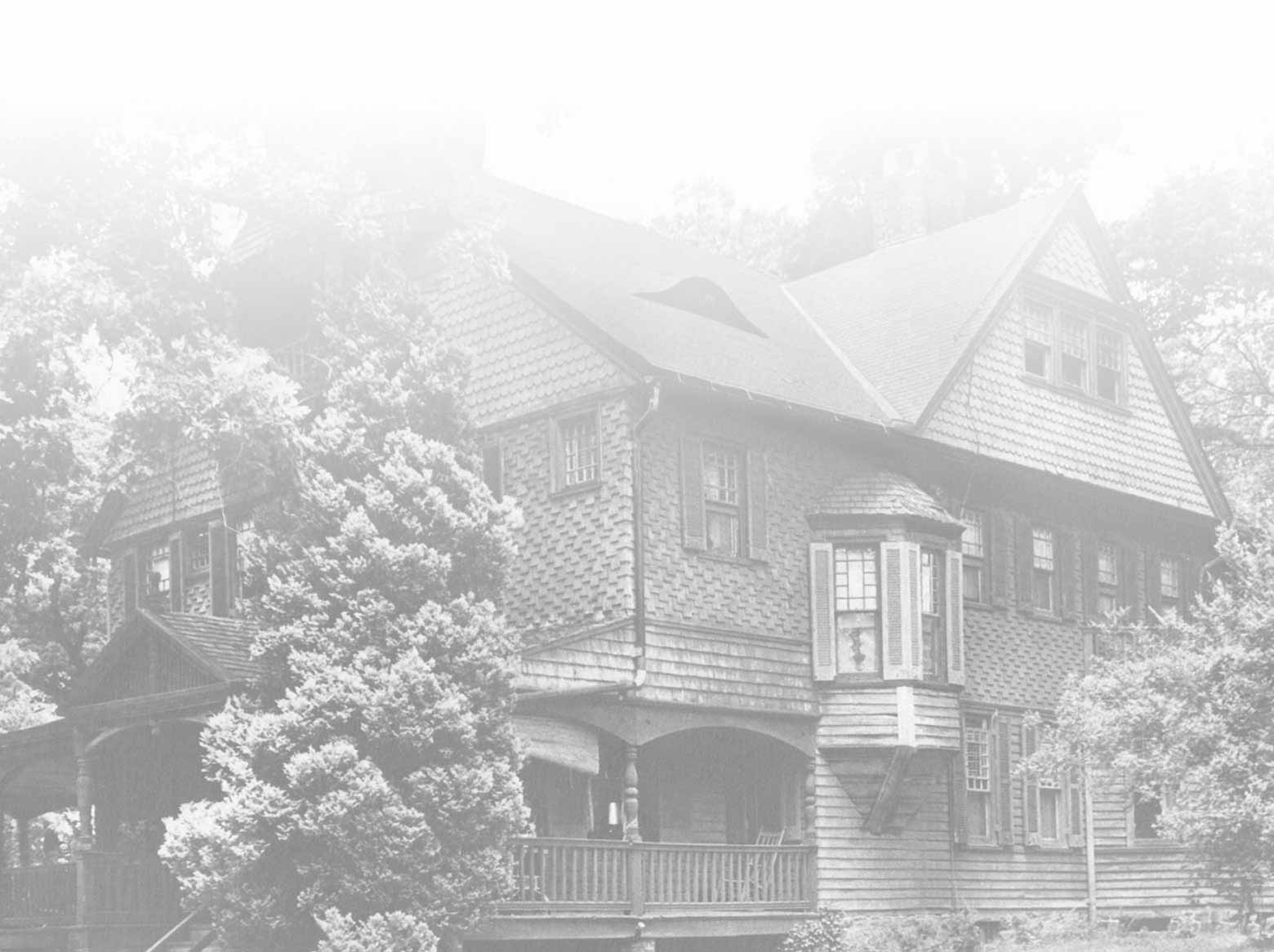
-
“Yes - but David, it's very difficult to be two simple people at once, one who wants to have a law to itself and the other who wants to keep all the nice old things and be loved and safe and protected.”
Zelda, Save Me The Waltz, 1932
-
“...the test of a first-rate intelligence is the ability to hold two opposed ideas in the mind at the same time, and still retain the ability to function. One should, for example, be able to see that things are hopeless and yet be determined to make them otherwise.”
Scott, The Crack-Up, 1936
-
Scott accepts work as a screenwriter for Metro Goldwyn Mayer in Hollywood, hoping this will be his Second Act. He develops a tempestuous relationship with Hollywood gossip columnist, Sheilah Graham, which she later chronicles in her book, The Beloved Infidel. Scott repays his debts and writes a now-famous series of letters to Scottie, in an attempt to parent long-distance.
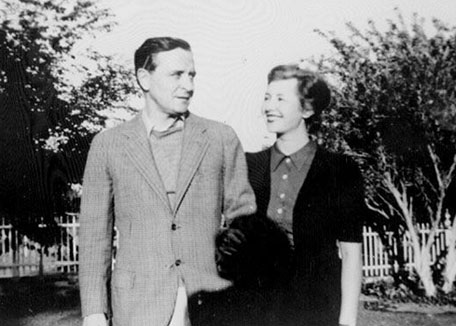
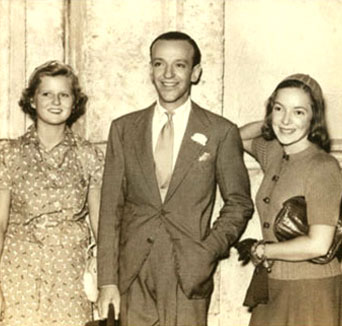
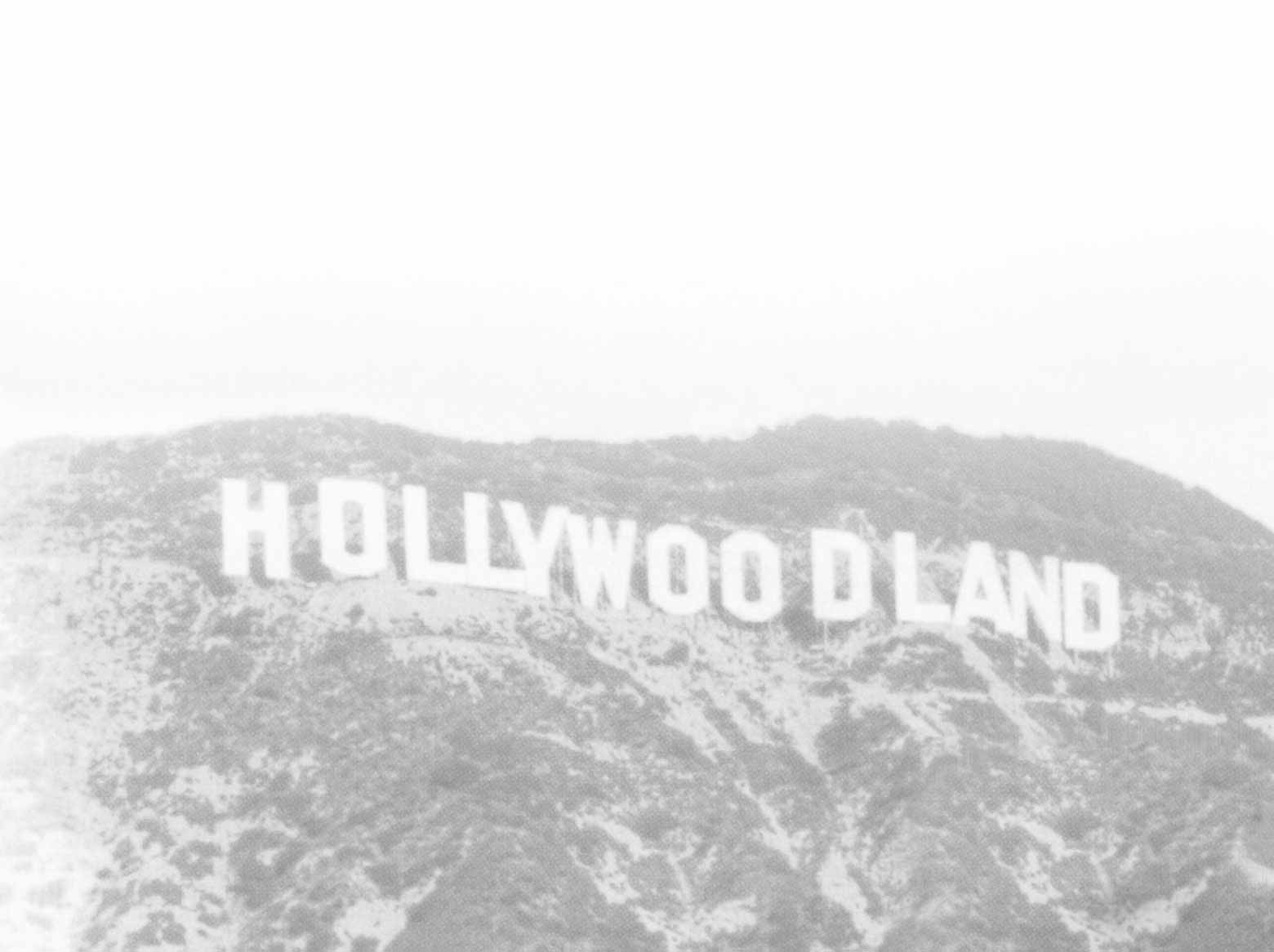
-
“What little I’ve accomplished has been by the most laborious and uphill work, and I wish now I’d never relaxed or looked back—but said at the end of The Great Gatsby: “I’ve found my line – from now on this comes first. This is my immediate duty – without this I am nothing.”
Scott to Scottie, 1939
-
When MGM doesn't renew Scott’s contract, he turns to creating the brilliant and humorous Pat Hobby Stories, about a deadbeat screenwriter. He draws on his own experience in the movie industry.
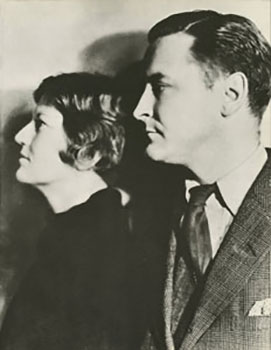

-
Zelda's last glimpse of Scott is when they take a brief trip to Cuba. It is a difficult trip but their love endures.
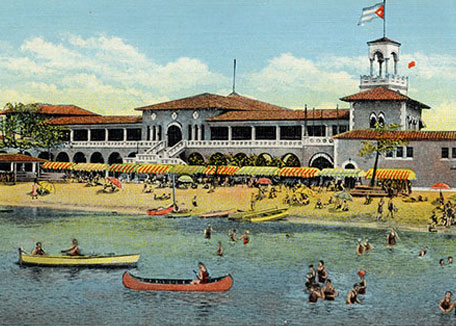
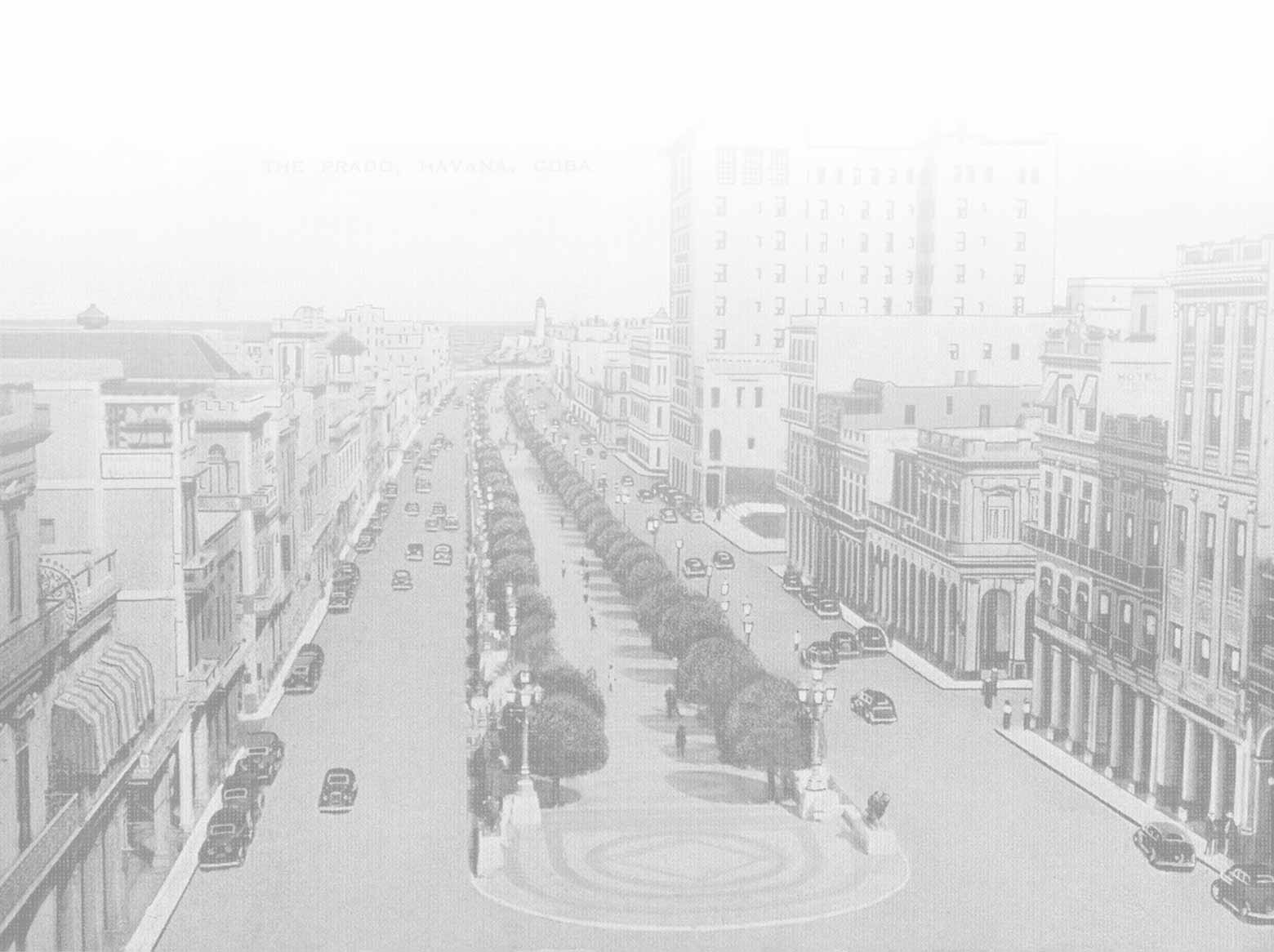
-
“You are the finest, loveliest, tenderest, most beautiful person I have ever known, but even that is an understatement because the lengths that you went to there at the end would have tried anybody beyond endurance.”
Scott to Zelda, after Cuba, 1939
-
Dec 21, 1940 Scott dies suddenly of a heart attack, age 44. Still the bench mark for talent and elegant prose, Scott’s literary legacy includes 5 novels and 170 short stories which are enjoyed the world over. The Last Tycoon, Scott’s unfinished novel about Hollywood, is published posthumously, in 1941.


-
“I am not a great man, but sometimes I think the impersonal and objective quality of my talent and the sacrifices of it, in pieces, to preserve its essential value has some sort of epic grandeur. Anyhow after hours I nurse myself with delusions of that sort...”
Scott to Scottie, October, 1939
-
“You can take off your hats now, gentlemen, and I think perhaps you’d better. This is not a legend, this is a reputation- and seen in perspective, it may well be one of the most secure reputations of out time.”
Stephen Vincent Benet, review of The Last Tycoon
-
Zelda dies in Asheville. Her vibrant paintings are among the few tangible mementos of Scott & Zelda’s lives.
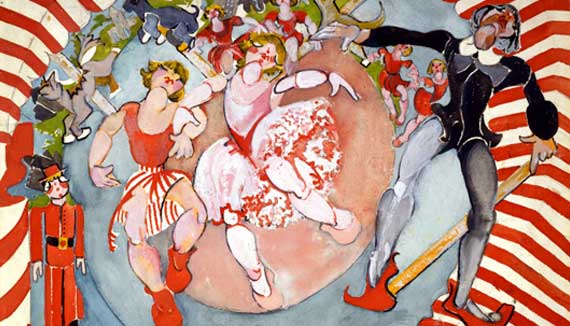
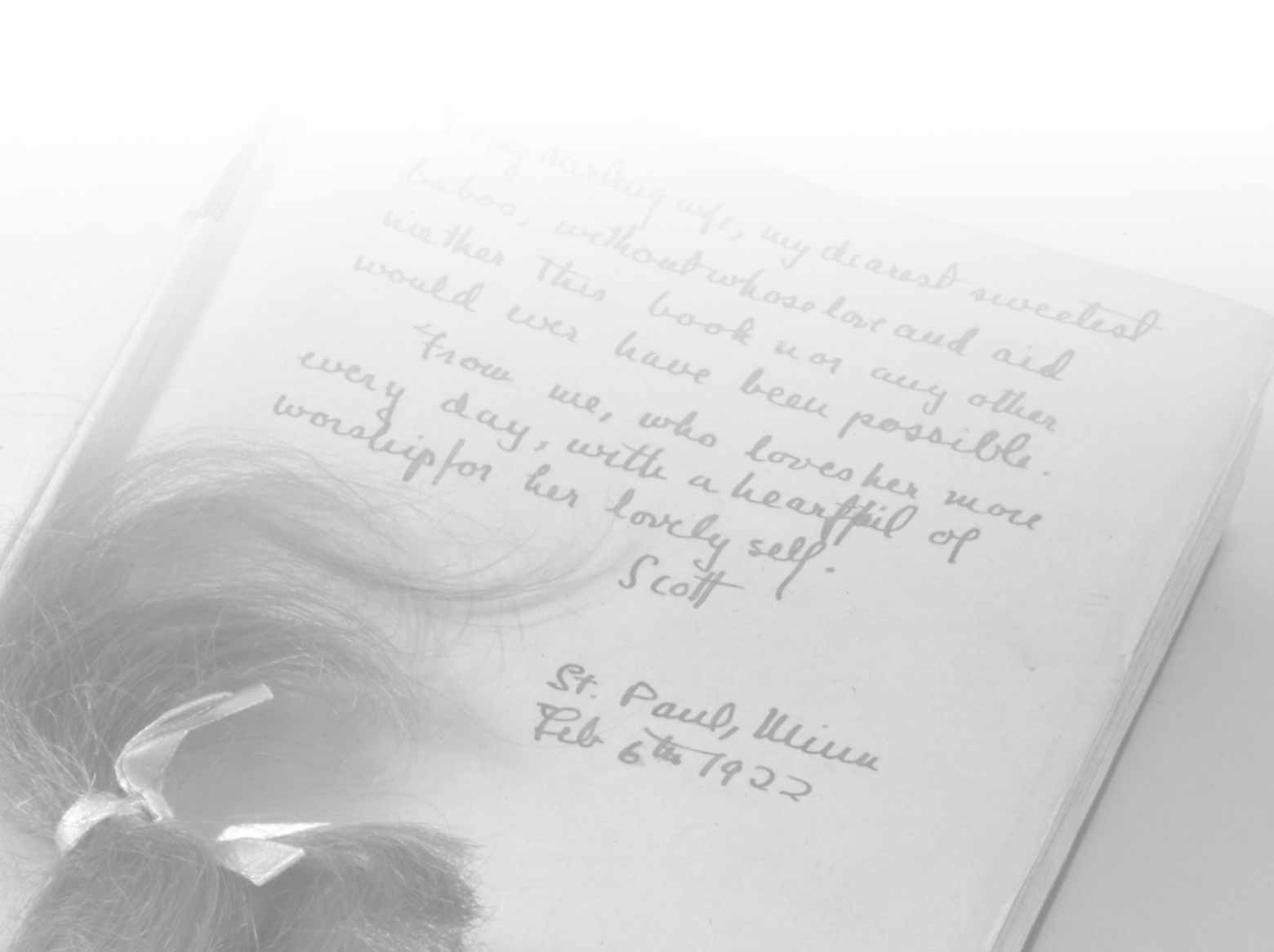
-
A fragment of Zelda's fiction, begun in 1942, after Scott's death, sings the last refrain. “Nobody has ever measured, even the poets, how much a heart can hold, though much poetic resource has been dedicated to its running over... tomb-stones tell the story of a really broken heart...”

-
September 24, 1896, Francis Scott Fitzgerald is born in St. Paul, Minnesota. He shows exceptional literary talent in grade school. He’s a precocious observer of money, power, and character



-
Scott enters Princeton University with the class of 1916.



-
“From the first he loved Princeton — its lazy beauty, its half-grasped significance, the wild moonlight revel of the rushes, the handsome, prosperous big-game crowds, and under it all the air of struggle that pervaded his class.” This Side of Paradise, 1920
-
Scott is stationed at Camp Sheridan near Montgomery. Expecting to die in the trenches of Europe, he hurridedly writes his first novel, The Romantic Egoists, about his education and personal awakening. He submits it to Scribner’s. It is rejected, but the editors would like to see revisions.


-
Scott and Zelda meet at a county club dance in Montgomery. Scott is captivated by Zelda, although she keeps several suitors on a string.


-
“The night you gave me my birthday party... you were a young Lieutenant and I was a fragrant phantom, wasn't I? And it was a radiant night, a night of soft conspiracy and the trees agreed that it was all going to be for the best.”
Zelda, letter to Scott
-
Zelda writes to Scott about an afternoon she spends in Oakwood Cemetery. He attributes her musings to Amory Blaine, his novel’s Protagonist


-
“Why should graves make people feel in vain? I can’t find anything hopeless in having lived —all the broken columnes and clasped hands and doves and angels mean romances and in a hundred years I think I shall like having young people speculate on whether my eyes were brown or blue—of course, they are neither. Old death is so beautiful—so very beautiful— We will die together—I know—Sweetheart.”
Zelda, letter to Scott -
“There seemed to be some heavenly support beneath his shoulder blades that lifted his feet from the ground in ecstatic suspension, as if he secretly enjoyed the ability to fly but was walking as a compromise to convention.”
Zelda, Save Me The Waltz, 1932 -
The Great War has ended and Scott is discharged from the army. He finds employment in New York City at an advertising agency. He makes three visits to Montgomery, penniless and unpublished. When he proposes marriage, Zelda declines.

-
“Then the postman rang, and that day I quit work and ran along the streets, stopping automobiles to tell friends and acquaintances about it-- my novel This Side of Paradise was accepted for publication. That week the postman rang and rang, and I paid off my terrible small debts, bought a suit, and woke up every morning with a world of ineffable toploftiness and promise.”
Scott, Early Success, 1937 -
When This Side of Paradise is accepted by Scribner’s, Zelda accepts Scott’s proposal of marriage.

-
“I fell in love with her courage, her sincerity and her flaming self-respect and it's these things I'd believe in even if the whole world indulged in wild suspicions that she wasn't all that she should be.... I love her and that's the beginning and end of everything.”
Scott, letter to Isabelle Amore -
A week before their wedding, Scott’s first novel, This Side of Paradise, is published to instant acclaim. Zelda’s painting commemorates their wedding on April 3, 1920. The entire city seems to celebrate.


-
Scott and Zelda are overnight celebrities and spokespeople for their generation. Scott chronicles the dawn of the Jazz Age (a term he invents) --“the greatest, gaudiest spree in history.”


-
“Twilights were wonderful just after the war. They hung above New York like indigo wash, forming themselves from asphalt dust and sooty shadows under the cornices and limp gusts of air exhaled from closing windows, to hang above the streets with all the mystery of white fog rising off a swamp.”
Zelda, The Millionaire’s Girl, 1930 -
“New York had all the iridescence of the beginning of the world. The returning troops marched up Fifth Avenue, and girls were instinctively drawn east and north toward them—we were, at last, admittedly the most powerful nation, and there was gala in the air.”
Scott, My Lost City, 1935 -
Scott publishes his first collection of short stories, Flappers and Philosophers. Zelda is his highly quotable side-kick, the quintessential flapper, his accomplice in high-jinx and the model for most of his romantic heroines. They are reckless with their resources and they party with abandon.



-
“My whole theory of writing I can sum up in one sentence. An author ought to write for the youth of his own generation, the critics of the next and the schoolmasters of ever afterward.”
Scott, Author’s Apology, This Side of Paradise, 1920 -
Zelda and Scott take a road trip from their rented house in Westport, CT to Alabama. The resulting story, Cruise of The Rolling Junk, is published in Motor Magazine.

-
Scott and Zelda travel to Europe before the birth of their baby.

-
“We were too superior at that time to use the guide books and wanted to discover the ruins for ourselves, which we did when we had exhausted the night-life and the market places and the campagna....It was exciting being lost between centuries in the Roman dusk and taking your sense of direction from the Colosseum.”
Zelda, Show Mr. and Mrs. F to Number— -
The family settles on Long Island where Scott observes the privileged through his moral mid-western lens. Here he conceives The Great Gatsby. This iconic American novel embodies the American Dream. Gatsby, a self-made man, is a romantic who invents his past and hopes to recapture his first love.


-
Scott’s story, The Diamond as Big As The Ritz,is published in Smart Set. Sometimes accused of being an apologist for the rich, Scott’s relationship to the rich is far more complex.



-
Scott publishes Tales Of The Jazz Age, his second collection of short stories. He also writes a play, The Vegetable, that flops when it opens in Atlantic City.




-
Although The Great Gatsby is conceived on Long Island, frequent and excessive parties encroach on Scott’s work. In 1923 he makes a serious appraisal of their finances. Either they can budget for half a nanny, Scott writes, a one-legged butler, or they can move to Europe.


-
The Fitzgeralds steam to France on the Minnewaska, escaping prohibition, the high cost of living in America, and, they hope, their own bad habits. "Besides," says Zelda, "I hate a room without an open suitcase in it — it seems so permanent."




-
The Fitzgeralds rent the Villa Marie in Saint-Raphaël on the French Riviera. Scott writes The Great Gatsby.


-
Through their expatriate friends, Sara and Gerald Murphy, Scott and Zelda join the Lost Generation, mingling with Fernand Leger, Pablo Picasso, Georges Braque, Ernest Hemingway, and Gertrude Stein. Zelda's ambitions are sparked and she begins to seek an artistic identity of her own.



-
Scott makes final revisions to The Great Gatsby in Rome. Zelda begins taking painting lessons on the Island of Capri.


-
The family travels through France and settles in Paris. They will spend their lives in hotels and rentals, never owning a home.


-
“At the Ruhl in Nice we decided on a room not facing the sea… not being able to afford it even out of season. During dinner on the terrace, stars fell in our plates... we were alone with the deep blue grandeur and the filet de sole Ruhl and the second bottle of champagne...”
Zelda (shared byline with Scott for financial purposes), Show Mr. and Mrs. F. to Number—, 1934 -
The Great Gatsby is published, greeted by tepid reviews and disappointing sales. The Fitzgeralds spend the summer of 1926 at Villa St. Louis in Juan-les-Pins. The Great Gatsby is followed by publication of a story collection, All The Sad Young Men.



-
“The author would like to say that never before did one try to keep his artistic conscience as pure as during the ten months put into doing it.”
Scott’s introduction to Modern Library edition of The Great Gatsby, 1934 -
The Fitzgeralds return briefly to America on the Conte Biancamano. They settle in a rented house in Wilmington, Delaware where Zelda begins dance lessons. In January Scott works on the film script for Lipstick in Hollywood. He and Zelda stay at the Ambassador Hotel.

-
Scott & Zelda return to France. Zelda, age 28, begins rigorous ballet training with Lubov Egorova in Paris. After a year, Zelda is invited to dance Aida with the Royal Ballet of Italy, an offer she declines. She also writes several short stories for College Humor. (Lubov Egorova, pictured)


-
“It was a trying winter and to forget bad times we went to Algiers. The Hotel de l’Oasis was laced together by Moorish grills; and the bar was an outpost of civilization with people accentuating their eccentricities. Beggars in white sheets were propped against the walls, and the dash of colonial uniforms gave the cafes a desperate swashbuckling air.”
Zelda (shared byline with Scott for financial purposes), Show Mr. and Mrs. F to Number—, 1934 -
The Great Depression brings smaller fees for Scott’s short stories, the family's only reliable income. Zelda and Scott’s love survives these calamities.


-
The Fitzgeralds return to Montgomery. Scott spends months in Hollywood working on a script for Red-Headed Woman. While he’s gone, Zelda begins a novel and writes several short stories.


-
While in Baltimore, Zelda completes her novel, Save Me The Waltz. Before it is published, Scott and Zelda fiercely dispute their rights to their shared autobiographical material. Scott, as the breadwinner, lays claim to parts of their history for his novel, Tender Is the Night.



-
“Yes - but David, it's very difficult to be two simple people at once, one who wants to have a law to itself and the other who wants to keep all the nice old things and be loved and safe and protected.”
Zelda, Save Me The Waltz, 1932 -
“...the test of a first-rate intelligence is the ability to hold two opposed ideas in the mind at the same time, and still retain the ability to function. One should, for example, be able to see that things are hopeless and yet be determined to make them otherwise.”
Scott, The Crack-Up, 1936 -
Scott accepts work as a screenwriter for Metro Goldwyn Mayer in Hollywood, hoping this will be his Second Act. He develops a tempestuous relationship with Hollywood gossip columnist, Sheilah Graham, which she later chronicles in her book, The Beloved Infidel. Scott repays his debts and writes a now-famous series of letters to Scottie, in an attempt to parent long-distance.


-
“What little I’ve accomplished has been by the most laborious and uphill work, and I wish now I’d never relaxed or looked back—but said at the end of The Great Gatsby: “I’ve found my line – from now on this comes first. This is my immediate duty – without this I am nothing.”
Scott to Scottie, 1939 -
When MGM doesn't renew Scott’s contract, he turns to creating the brilliant and humorous Pat Hobby Stories, about a deadbeat screenwriter. He draws on his own experience in the movie industry.

-
Zelda's last glimpse of Scott is when they take a brief trip to Cuba. It is a difficult trip but their love endures.

-
“You are the finest, loveliest, tenderest, most beautiful person I have ever known, but even that is an understatement because the lengths that you went to there at the end would have tried anybody beyond endurance.”
Scott to Zelda, after Cuba, 1939 -
Dec 21, 1940 Scott dies suddenly of a heart attack, age 44. Still the bench mark for talent and elegant prose, Scott’s literary legacy includes 5 novels and 170 short stories which are enjoyed the world over. The Last Tycoon, Scott’s unfinished novel about Hollywood, is published posthumously, in 1941.

-
“I am not a great man, but sometimes I think the impersonal and objective quality of my talent and the sacrifices of it, in pieces, to preserve its essential value has some sort of epic grandeur. Anyhow after hours I nurse myself with delusions of that sort...”
Scott to Scottie, October, 1939 -
“You can take off your hats now, gentlemen, and I think perhaps you’d better. This is not a legend, this is a reputation- and seen in perspective, it may well be one of the most secure reputations of out time.”
Stephen Vincent Benet, review of The Last Tycoon -
Zelda dies in Asheville. Her vibrant paintings are among the few tangible mementos of Scott & Zelda’s lives.

-
A fragment of Zelda's fiction, begun in 1942, after Scott's death, sings the last refrain. “Nobody has ever measured, even the poets, how much a heart can hold, though much poetic resource has been dedicated to its running over... tomb-stones tell the story of a really broken heart...”

























